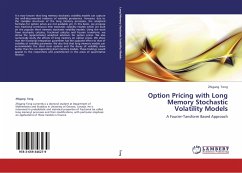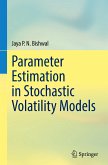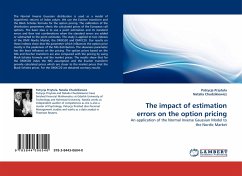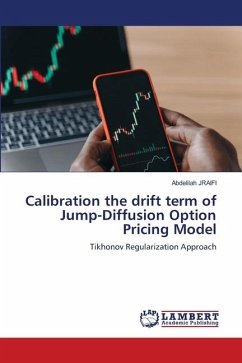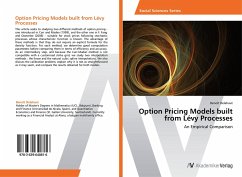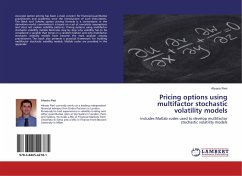It is now known that long memory stochastic volatility models can capture the well-documented evidence of volatility persistence. However, due to the complex structures of the long memory processes, the analytical formulas for option prices are not available yet. In this book, we propose two fractional continuous time stochastic volatility models which are built on the popular short memory stochastic volatility models. Using the tools from stochastic calculus, fractional calculus and Fourier transform, we derive the (approximate) analytical solutions for option prices. We also numerically study the effects of long memory on option prices. We show that the fractional integration parameter has the opposite effect to that of volatility of volatility parameter. We also find that long memory models can accommodate the short term options and the decay of volatility skew better than the corresponding short memory models. These findings would appeal to the researchers and practitioners in the areas of quantitative finance.
Bitte wählen Sie Ihr Anliegen aus.
Rechnungen
Retourenschein anfordern
Bestellstatus
Storno

